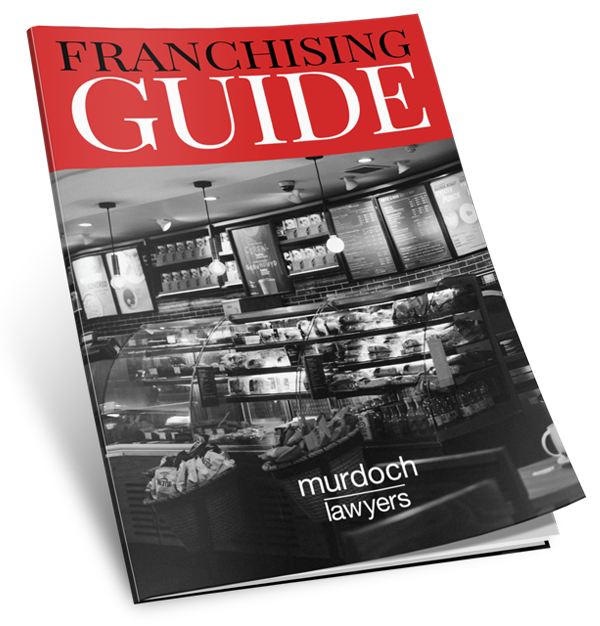
The Corporations Amendment (Corporate Insolvency Reforms) Act 2020 (Cth) (the Act) was passed on 10 December 2020 and commenced on 1 January 2021. It brings in three broad reforms.
- A new debt restructuring process.
- A simplified liquidation process.
- Further measures to ensure that small businesses can access the new processes.
This article will focus on the first of these reforms.
The new debt restructuring process is intended to give small businesses which are financially distressed, but may still be viable, an opportunity to restructure their debts so that they can continue to trade. It has similar features to a voluntary administration process, but is a debtor-in-possession model and is aimed to be simpler and more suitable for smaller businesses.
Companies must meet eligibility criteria
To be eligible for this small business debt restructuring process, companies must:
- Have total liabilities (including secured and related part debts, but excluding employee entitlements) of less than $1 million.
Liabilities are taken to mean any liability or obligation, including contingent debts. If a company has liabilities of over $1 million, it cannot take advantage of this process.
- Be up to date with all employee entitlements and statutory reporting obligations (e.g. BAS and income tax returns).
This includes payment of all wages, superannuation, and other entitlements. It also includes the lodgement of all required ATO returns.
It is common for companies that are under financial stress to let these payment and reporting obligations lapse. Cashflow issues may mean that employees’ superannuation, or GST and PAYG installments, go unpaid. Distressed companies essentially use their employees and the ATO as a bank to try and stay afloat.
Accordingly, compliance with this eligibility requirement may be difficult.
- Have not used the process in the last seven years.
The new process can only be used once in a seven year period. This is not an issue for companies at present, since the new process only started on 1 January 2021, but is worth bearing in mind for the future.
The process for accessing the debt restructuring model
The first step is for the directors of the company to pass a resolution that:
- Confirms the company is insolvent or is likely to become insolvent at some future time, and that a Small Business Restructuring Practitioner (SBRP) should be appointed; and
- Appoints a SBRP (who must be a registered liquidator and have consented to the appointment).
The appointment process is similar to that of a voluntary administration appointment, but is markedly different from that point on. .
Transitional provisions
In recognition of the fact that it may take some time for insolvency practitioners to become registered as a SBRP, the Government extended the previous temporary insolvency protections that expired on 31 December 2020 until 31 March 2021 in certain circumstances.
To access the extended temporary relief, eligible companies must declare their intention to appoint a SBRP by publishing a notice on the ASIC insolvency website. Publication of this declaration then extends the 2020 insolvency relief measures for either three months or until the date the company appoints the SBRP (or other insolvency practitioners), whichever is sooner. Companies (presently) only have until 31 March 2021 to publish the required ASIC notice.
Debtor-in-possession model
Usually, when a company resolves it is insolvent and goes into voluntary administration, the directors lose control of the company and it is the interests of creditors that drive things. Creditors can, for example, vote to have the voluntary administration converted to a liquidation.
In contrast, under this new debtor-in-possession model, the company director/s keep control of their company and its business operations. The SBRP is involved in an advisory role and helps the company directors to put together a restructuring proposal plan for consideration by company creditors.
The directors have 20 business days after the appointment of the SBRP to develop and put any proposal to the company creditors. During this time there is a moratorium on action against the company which is generally similar to the moratorium during a voluntary administration process.
Once the restructuring plan is put to creditors, they have 15 business days to decide whether they want to accept or reject the plan.
If a majority of the unrelated creditors in value vote to accept the proposal, then the plan commences and is overseen by SBRP.
If a majority of the unrelated creditors in value vote to reject the proposal, then the process ends and the company continues as it was prior to the SBRP being appointed, however without the benefit of the moratorium on the action by company creditors, or the extended temporary insolvency relief.
Creditors that are still owed money by the company then need to take the usual steps to recover that money, including commencing winding-up proceedings against the company where appropriate; unlike under a voluntary administration process, there is no ability for the creditors to vote for automatic progression to the liquidation of the company.
Are creditors disadvantaged under this model?
Under the SBRP process, a company remains in the hands of its directors and continues to trade. It will rely on creditors, some of who may be owed large sums of money already, to potentially continue to do business with the company in the ordinary course of business during the SBRP process (and afterward). Debts that are incurred by the company in the ordinary course of business during the SBRP period may increase the amount owed to creditors overall, and in circumstances where a restructuring proposal plan is rejected, this may mean that creditors are worse-off.
This new process is clearly aimed at helping small businesses survive and restructure their affairs. Its main emphasis is not the protection of creditors.
If you are a distressed company or creditor and would like more information on the new reforms, please contact the Murdoch Lawyers’ experienced Insolvency team.




